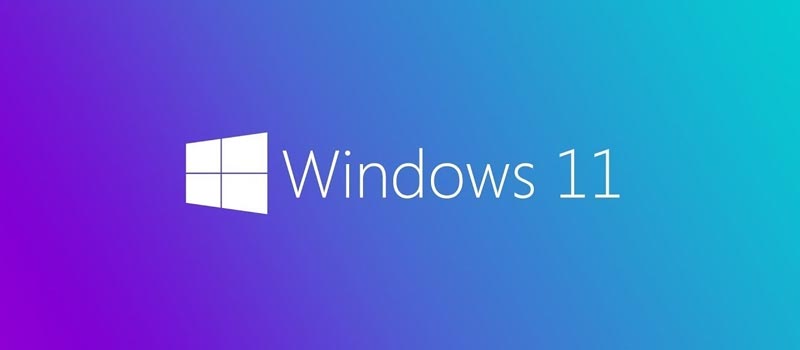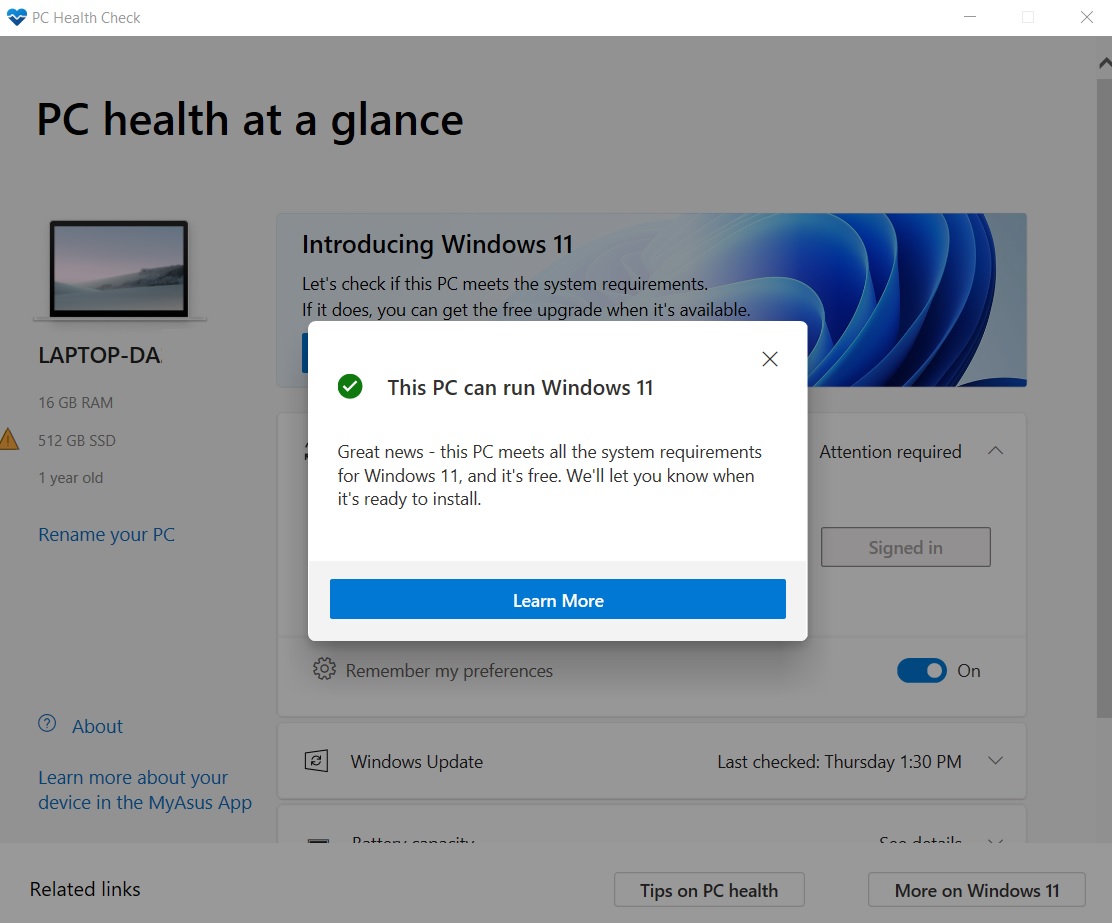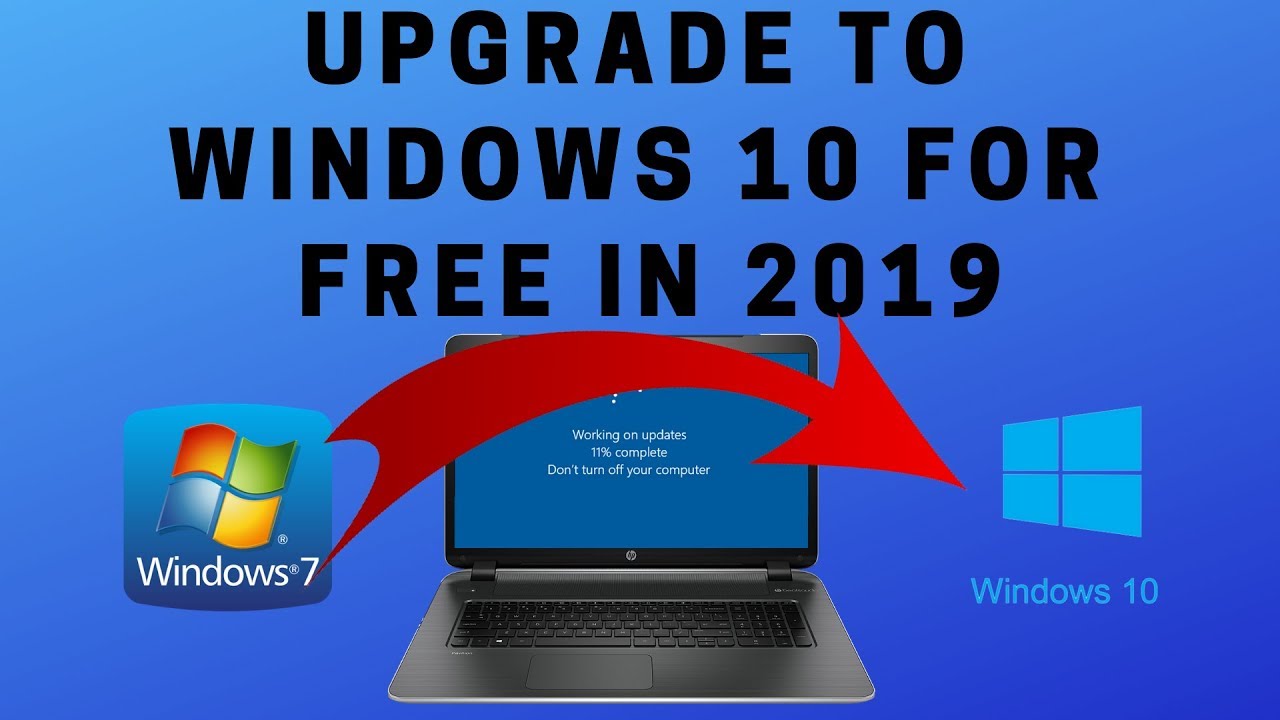
There are other methods, but they are more involved with hit-or-miss results. I’ve tried this tool many times - including upgrading a 2013 Macbook Pro running BootCamp to Windows 11 –, and it worked flawlessly, proving to be the best method for the task. You can download the source code, check it, and compile it yourself. The software is an open-source application with no malicious codes. It enables users to do a regular in-place upgrade from Windows 10 to Windows 11 on any computer while bypassing the initial hardware requirement check. However, if your hardware is not qualified, you’ll run into a message saying just that, and the setup process will not continue.Īnd that’s where the no-name upgrade tool, by a Czech GitHub developer comes into play. You can upgrade a computer that meets the hardware requirements to Windows 11 like you usually do with Windows 10 feature upgrades. (As a rule, back up your system beforehand.) Windows 11 upgrade on unsupported computer: The tool You might want new hardware before then, but it’s always good to know your way around the new OS now. On top of that, in my experience, Windows 11 runs slightly better and has a more refined user interface.įinally, the new OS will last you beyond 2025, when Microsoft plans to phase out Windows 10 completely. That means you won’t need to use a special software driver.

This post will walk you through a few sure and straightforward steps to upgrade any Windows 10 computer to Windows 11.ĭong’s note: I first published this piece on October 21, 2021, and updated it on September 21, 2022, to address Windows 11 22H2 upgrade on unsupported hardware.


I take that Microsoft now uses them to coerce users into unnecessarily getting new hardware.īut the bottom line is this: If your computer is running Windows 10 64-bit - that’s the case of most existing computers - then it can run Windows 11 just fine, regardless of any extra “requirements.”

The two are so non-essential that hardware vendors often disable them by default. Neither is essential to the day-to-day operation of the computer. Specifically, among other things, your computer needs to support Secure Boot and feature Trusted Platform Module (TPM) 2.0. One of the controversies about Windows 11 is its ridiculous hardware requirements. This post will walk you through detailed steps to perform an in-place Windows 11 installation or upgrade on unsupported hardware running Windows 10.


 0 kommentar(er)
0 kommentar(er)
